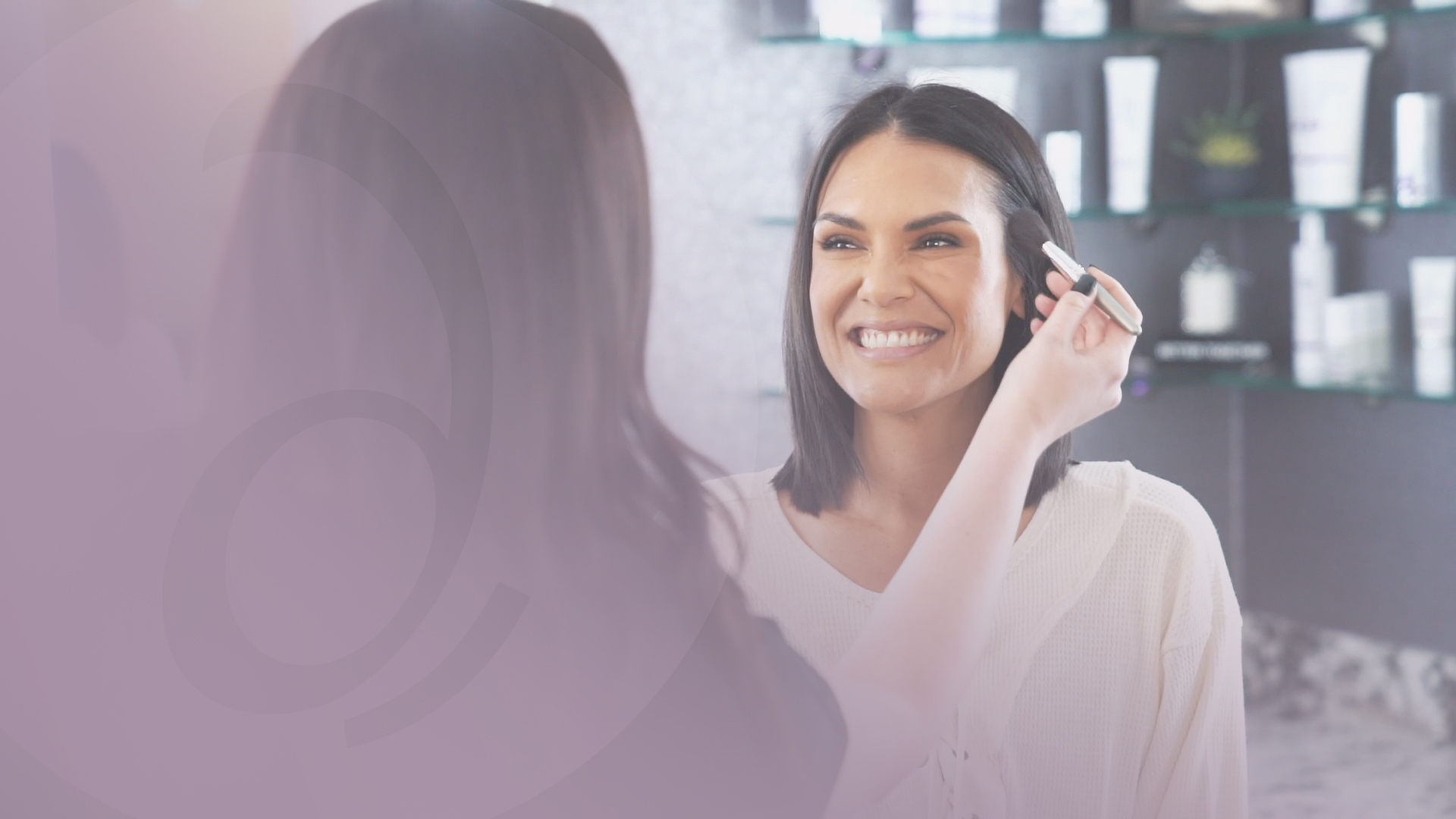When it comes to maintaining good looking skin the most important thing you can do (assuming you don’t smoke) is to avoid sun exposure to the skin. We live in San Diego because we like an active lifestyle, which includes being outside enjoying our beautiful weather, so for most of us, avoiding the sun means sunscreens. Recently, the FDA released new regulations, which will make it easier for you to choose a good sunscreen. Because these regulations will not take affect until 2012, you need to understand the guidelines so you can make good choices this summer.
The sun has 2 major negative affects on our skin. First, the ultraviolet light in the sun can cause cancer. Basal Cell and Sqamous Cell Carcinomas are rarely deadly but treatments can be disfiguring. Melanoma is scary. The second concern is that the sun ages the skin by increasing the brown spots and by breaking down collagen, which leads to fine lines, wrinkles and larger pores.
The first steps in protecting the skin are avoidance. The most intense time of the day for sunrays is between the hours of 10am and 3pm. Move your exercise time to early or late in the day. Protective clothing is another good way to shield you skin. Add a variety of hats to your “style” portfolio. Finally, take advantage of shade, whether this is under a tree or umbrella. Your skin will thank you.
Now on to sunscreens: The biggest change to the new labeling regulations is the use of the term “Broad Spectrum”. This means that the sunscreen must meet FDA standards at protecting against both UVA and UVB. This is important as the traditional “SPF” rating refers to UVB protection only. This is the sunlight that causes sunburns. The problem is that it is the UVA that causes cancer. Now, with the “Broad Spectrum” designation you will know that you are protected for both. In the mean time, look for sunscreens that contain Avobenzone or zinc and titanium oxides.
The next change in regulations is the addition of a warning label if the SPF is less than 15. These products do not provide adequate protection to prevent skin cancers. Additionally, the highest SPF rating will be 50+. Anything higher than 50 has not been shown to add extra benefit. So, don’t spend extra money on products with a SPF rating higher than 50.
The third change will be the elimination of the terms “waterproof” and “sweatproof”. The manufactures will be able to use the term “water resistant” if they can show effectiveness is maintained in these wet conditions. Even with water resistant, always reapply frequently if participating in water activities or exercising.
Finally, the FDA will be stricter on labeling regarding how often to reapply. Most sunscreens only remain affective for 2-3 hours in ideal conditions and need to be reapplied. To be able to label as longer acting the manufacturer must demonstrate adequate protection for the longer time. Generally speaking, only zinc and titanium oxide greater than 6% will give protection longer than 2-3 hours. This point is really important to understand as many women use moisturizers in the morning that contain sunscreen. These are only affective for the 2-3 hours mentioned above. You need to reapply again to remain protected from the mid day sun.
The FDA has done a nice job in forming the new regulations. It will make it easy to pick up out good sunscreens, i.e. Broad Spectrum with SPF15 or higher, +/- water resistance. After these guidelines are met you now need to find one that is also right for your skin. Do you have, dry skin, oily skin, sensitive skin? Dermacare has the right sunscreen for each of these skin types. We also carry “Sunforgettable”; a zinc/titanium based, powder sunscreen, that is easy to apply over your makeup through out the day. Make sure you talk to one our staff to see which will be best for you.
For keeping your skin looking young and beautiful, don’t neglect the importance of sunscreen. In my practice all the ladies with great skin in their 60’s have 2 things in common. They started using retinols and sunscreen early, and have used them consistently through the years. Now it is your turn!
